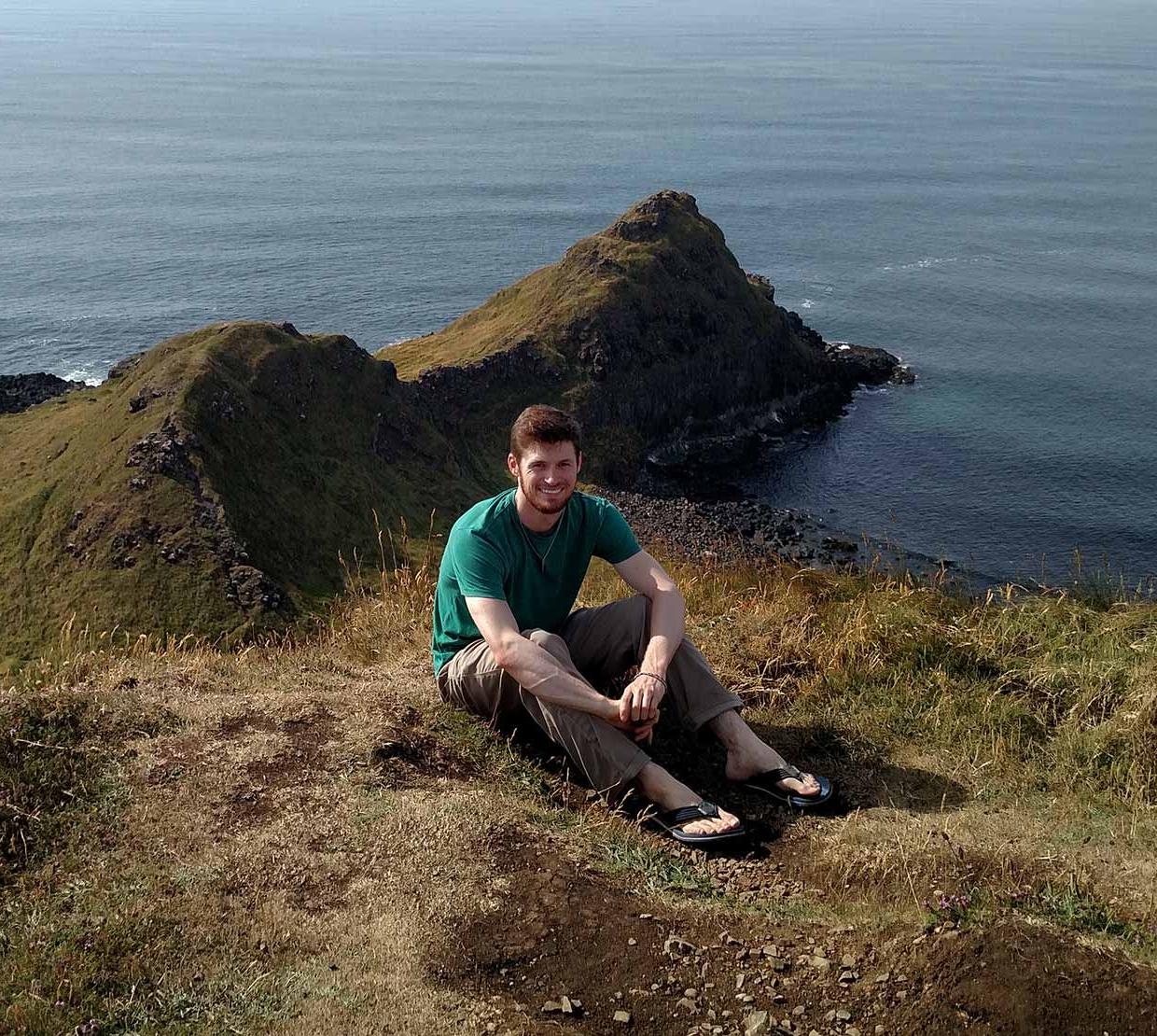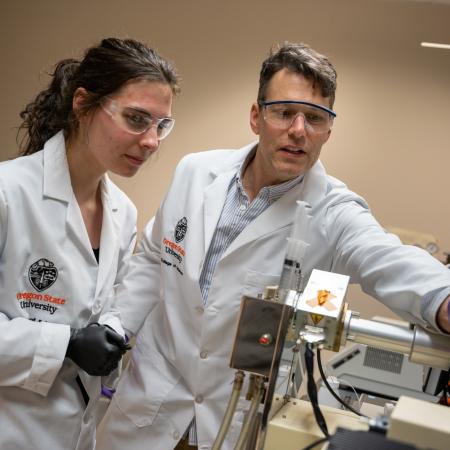“At OSU, science is not confined by international borders,” says Biochemistry and Biophysics Professor Elisar Barbar, when asked to describe the spirit of her lab, which is renowned for its global collaborations. Nathan Jespersen, her student and this year’s recipient of the MacVicar Scholar Award, reflects these ideals precisely.
Each year, a graduate student receives this fellowship for their impact on animal health and welfare, combined with an interdisciplinary focus and stellar academic performance. Jespersen is one of the only students who is not in the School of Veterinary Medicine to ever receive this prestigious award, which includes a $5,000 stipend as well as $1,000 for lab research or travel.
Jaspersen will present a seminar on the rabies virus on Friday, October 5, 2018, in ALS 4001 from 3-4:00 p.m., followed by a reception. His lecture is entitled: “Rabies Virus Hijacking of the Host Protein LC8 is Essential for Viral Replication, Transmission, and Lethality.” The events are free and open to the public.
Emeritus Professor Robert MacVicar served as the eleventh President of Oregon State University from 1970 to 1984. He and his wife established this endowment, which is just one example of their kindness and generosity. During his presidency, the University budget tripled, the faculty nearly doubled and construction began on 23 new buildings. After retirement, the MacVicars traveled on behalf of educational institutions around the world, often enduring difficult conditions to ensure that students could get the education that they deserved. MacVicar was involved in economic development projects throughout the Pacific Northwest and agricultural projects in Africa and Latin America.
Jespersen has a record of accomplishment that is both impressive and unique. Before graduating from the University of Cincinnati, he spent a semester studying abroad in Costa Rica doing fieldwork in the rainforest to study the interdependent relationship between mycorrhizal fungi and their orchid hosts. He later traveled across Southeast Asia advancing the knowledge he gained in Central America




